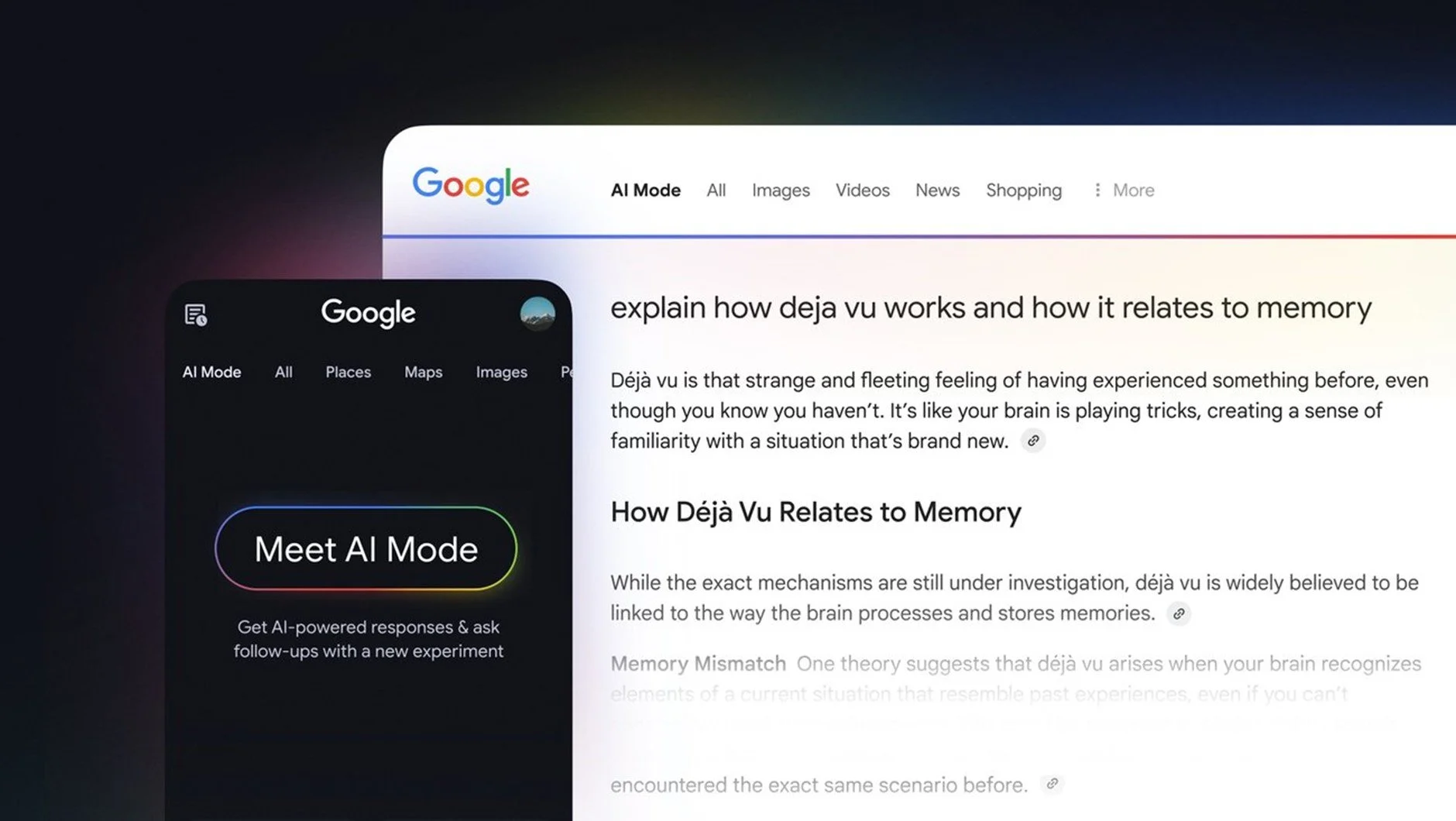National Attractions Marketing Conference 2025
The recent National Visitor Attractions Marketing Conference was abuzz with energy, ideas, and a genuine sense of community among marketers, operators, and agency partners from across the UK.
With a packed schedule of talks, the focus stayed true to the attraction sector, from the latest digital ad trends in promoting day tickets and annual passes, to the growing power of screen tourism in putting visitor attractions on the map. But if there was one message that kept coming through, it was this: great attraction marketing doesn’t start with media spend, it starts with relationships.
What makes attraction-agency partnerships work?
One of the standout sessions was led by Kelly Molson, founder of Rubber Cheese, who shared insights from the Brilliant Agency-Client Benchmark Report 2025, which focused on how visitor attractions and agencies can work more effectively together. The findings were refreshingly honest. Most attraction marketing teams aren’t looking for flashy ideas or high-stakes pitches. They want:
Total transparency. Every attraction surveyed stated that open, honest conversations about pricing, delivery timelines, and agency capacity were non-negotiable.
Clear documentation. Nine out of ten wanted written agreements and plans to avoid confusion.
Real teamwork. Attractions want agencies that act like part of their internal team, not external suppliers.
Accountability. When things go wrong (as they sometimes do), the agencies that step up and fix the problem are the ones that build long-term trust.
In short, the best partnerships in the attraction world are rooted in realism, structure and collaboration.
Agencies shared what they need too: better briefs, timely feedback, open conversations, and realistic budgets. Most importantly, they want to be treated as strategic partners who can help shape the direction of a campaign, not just execute it. For both sides, the strongest relationships are built on trust, clarity and shared goals. And when the relationship is strong, the results tend to follow.
Digital ad spend - what’s hot (and what’s not) in the attractions world
Agility Marketing’s session provided a rare behind-the-scenes look at how over 80 UK visitor attractions are actually utilising their digital budgets, from castles and heritage sites to theme parks and interactive museums. Some of the key trends:
Meta (Facebook and Instagram) continues to be the go-to for paid campaigns, with many attractions spending £20,000+ per year.
Google search remains key, especially for targeting intent-led traffic, such as families looking for ‘things to do this weekend’ or tourists researching nearby attractions.
Performance Max campaigns are starting to outperform traditional Google Display and YouTube ads, but the setup must be smart and tailored.
TikTok remains experimental; only about 25% of attractions have tested it, and most see it as a way to build reach rather than drive immediate ticket sales.
But the stat that raised eyebrows? Nearly half of the attractions surveyed aren’t tracking bookings or conversions from their digital campaigns. This is a big opportunity gap - and a reminder that measurement matters just as much as media.
Turning on-screen stories into real-life visits
Luke Flynn from the Old Royal Naval College and Seren Welch from SW Consulting explored the rapidly growing link between pop culture and attraction footfall.
Screen tourism is no longer a fringe trend. According to VisitBritain, nine in ten international visitors to the UK in 2025 are expected to have been influenced by something they saw on screen, a dramatic shift from just 20% 10 years ago. And Netflix subscribers? They’re now 2.4x more likely to visit a place after seeing it in a series or film.
This presents a significant opportunity for UK visitor attractions, particularly those situated in iconic locations or historic buildings. But it’s not just about waiting for the next Bridgerton or Wonka to film on-site. Attractions are starting to proactively work with production companies to build packages or trails that turn on-screen moments into on-site experiences.
In short, screen tourism is rapidly becoming a key component in how people discover and select attractions, and a fresh route to relevance for many sites.
Final thoughts
What made this year’s Attractions Marketing Conference stand out was how clearly it focused on the human side of our work. Yes, there were plenty of stats and benchmarks, but the heart of the conversation was about people. About trust. About collaboration. About building something sustainable, not just seasonal.
As the sector looks ahead to a competitive summer and a shifting economic landscape, one thing is clear: the attractions that listen more effectively, measure more accurately, and build genuine partnerships with their teams, agencies, and audiences will be the ones that thrive.
Because when you get the relationship right, the rest tends to fall into place.
Jasman Ahmad
Jasman is our Strategy Director and responsible for combining creative thinking with factual and statistical data to plan and solve clients’ biggest challenges.












